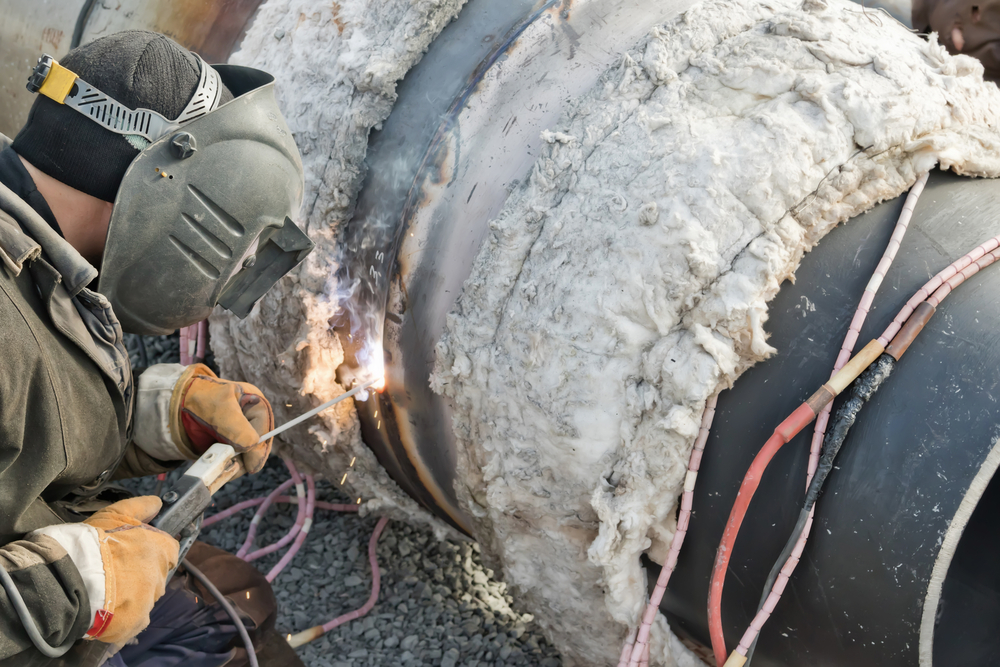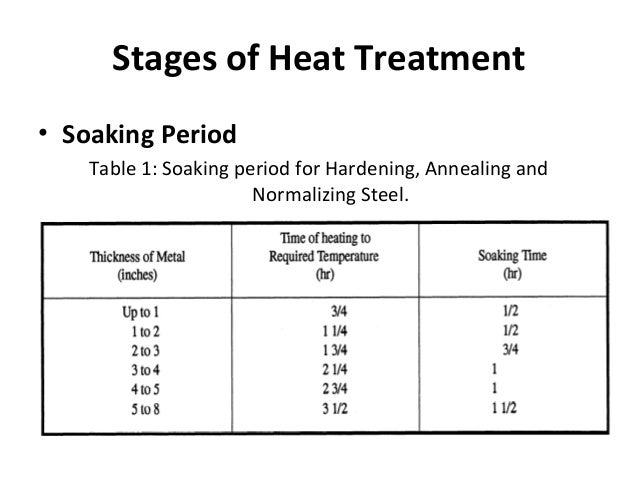
What are the Benefits of Investing in Weld Heat Treatment Solutions?
Investing in weld heat treatment solutions can be a smart move for businesses. (It) offers many advantages that can help to control costs and improve productivity. Firstly, (it) allows businesses to achieve the desired results with less energy consumption. By using weld heat treatments, companies can reduce waste and save money on electricity bills. Secondly, this type of process eliminates the need for costly repairs or replacements; thus, it helps to keep operational costs down. Moreover, weld heat treatment solutions offer improved quality control over materials used during the welding process. This makes sure that all products produced are of consistent quality and meet customer requirements. Additionally, these processes make it possible to produce complex shapes without reducing accuracy or strength in the finished product. Furthermore, they enable manufacturers to create stronger connections between components which increases durability and reliability! On top of that, investing in weld heat treatment solutions provides greater flexibility when creating new designs or experimenting with existing ones. This enables businesses to experiment with different materials and techniques while keeping production times short due to shorter processing times as well as fewer reworks needed due to improved quality control.

What is the Power of Weld Heat Treatment Solutions?
Weld heat treatment solutions are a powerful tool for metalworking. It can produce amazing results, such as increased strength and durability! With this process, metals are heated to extreme temperatures in order to change their properties and improve their quality. Not only can it enhance the performance of parts, but it also helps to ensure that they are safe and reliable. However, there are some precautions that must be taken when using these weld heat treatment solutions. First of all, one must use the correct welding techniques in order to get the best results. Materials should be clean before being subjected to extreme temperatures; otherwise, it could damage or weaken them instead of strengthening them. Moreover, special equipment is needed in order ot properly control the temperature and avoid any accidents from occurring. Additionally, the operator must have proper safety gear on when performing weld heat treatments - protective gloves, goggles and a face shield are just some examples of what may be necessary depending on the situation. Furthermore, knowledgable personnel should oversee proceedings at all times so that any possible issues can be quickly addressed if they arise.

How to Unlock Maximum Benefits of Weld Heat Treatment Solutions
Weld heat treatment solutions can be a great way to unlock maximum benefits for any project. However, it's important to understand how to use them in order to get the best results. First, it's essential to know the material and what temperatures are suitable for treating it. This is because welding too hot or cold can lead to cracks or deformations. After that, you'll need to determine how long the solution should stay at that temperature - this depends on the size of your weld and other factors. Moreover, when using these treatments, there are safety measures that should be taken into consideration. Correctly wearing protective gear like gloves and masks is paramount! Additionally, always ensure that proper ventilation is available so fumes don't accumulate in an area where someone could inhale them. Finally, check regularly for any signs of corrosion or discoloration as these can indicate improper application of the treatment. On top of all this, make sure that you're following instructions carefully and not skipping any steps along the way! Doing so may cause more problems down the line as well as potentially damaging your equipment and materials. In addition, it's

Holding temperature and time [ edit ]
Post weld heat treatment (pwht) is the process of reheating a material to below its lower critical transformation temperature and holding it at that temperature for a specific time. Pwht furnaces are used to maintain the integrity of a part after it has been welded, by reducing the residual stress in weld joints. Pwht helps reduce brittleness, strengthens the material, and reduces weld failures by improving the material’s ductility. Processes such as annealing, aging, normalizing, stress-relieving, tempering, and more, are often performed in conjunction with post-weld heat treatment, so pwht furnaces can be dual-use machines. With pwht, you can carefully control the hardness of the material to give it your desired properties by varying the heating time and temperature. Stress relief in welding is a post-weld heat treatment (pwht) process used to relieve the residual stresses produces by rapid cooling after welding in the welded component. Welding is a process that can often create high levels of stress in the welded part. This is due to the fact that during welding, the part is heated to a high temperature and then cooled rapidly. This can create stresses in the part that can lead to cracking or other

Post weld heat treatment
Controlled process of reheating materials post weld heat treatment (pwht) is a controlled process in which a material that has been welded is reheated to a temperature below its lower critical transformation temperature, and then it is held at that temperature for a specified amount of time. It is often referred to as being any heat treatment performed after welding; however, within the oil, gas, petrochemical and nuclear industries, it has a specific meaning. Industry codes, such as the asme pressure vessel and piping codes, often require mandatory performance of pwht on certain materials to ensure a safe design with optimal mechanical and metallurgical properties. To ensure that the material strength of the property is not affected after welding, a process known as post weld heat treatment (pwht) is continuously employed. Pwht is one of the methods used by welders to reduce residual stresses to combat hardness or enhance material strength. If pwht is not adequately performed or is overlooked altogether, the residual stresses plus the load stresses can join together to cause a brittle fracture. Therefore, it is required to take great care in choosing the right temperature needed for weld-able steel to stop the following problems